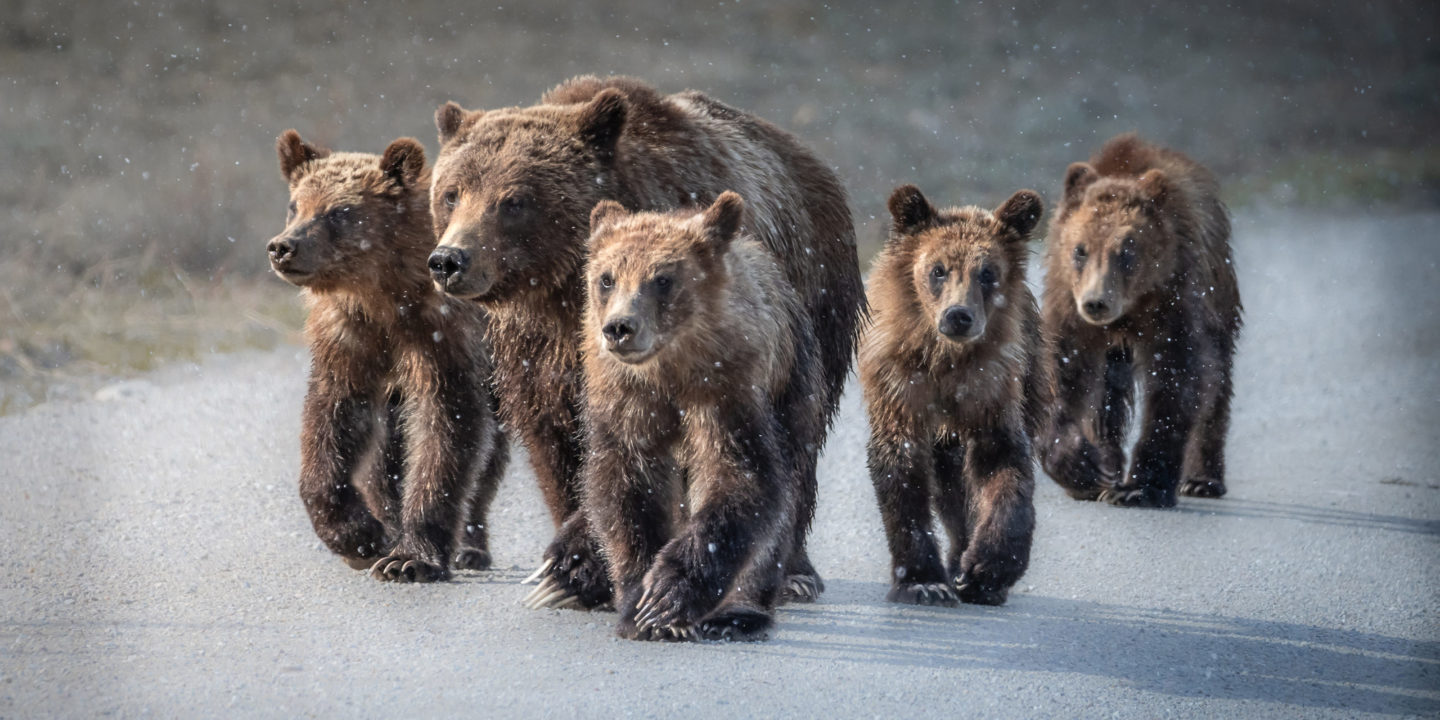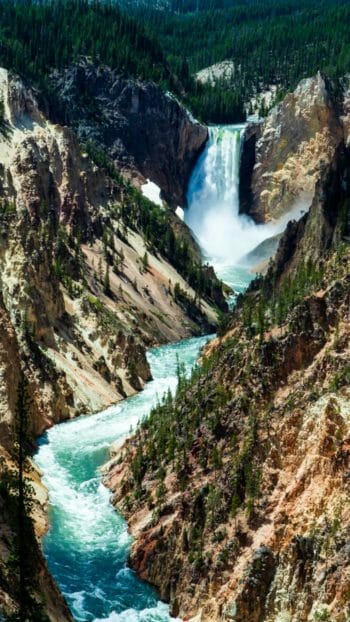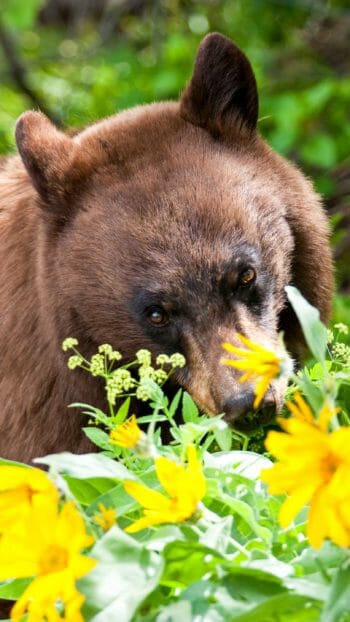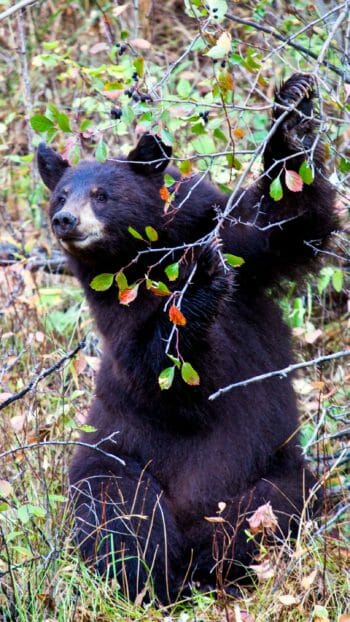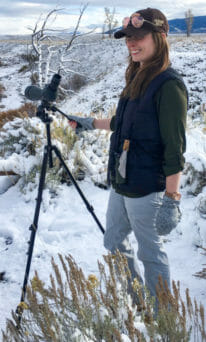Yellowstone National Park is not just a marvel of geothermal wonders and sweeping vistas—it’s a living, breathing sanctuary where nature exists in its rawest form. A Yellowstone wildlife safari invites you into the untamed heart of the park, offering front-row seats to one of the greatest wildlife spectacles in North America. From the thunder of hooves as bison charge across open valleys to the silent glide of a wolf in the early morning mist, every moment on safari feels like stepping into a nature documentary.
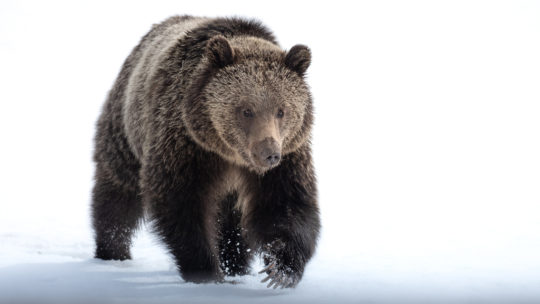

Why Choose a Yellowstone Wildlife Safari?
Diverse Ecosystems and Rich Biodiversity
Spanning over 2 million acres, Yellowstone is a rich tapestry of ecosystems—from high alpine meadows and vast forests to roaring rivers and bubbling geothermal basins. This diversity supports an extraordinary array of wildlife. It’s one of the few places in the continental U.S. where you can encounter grizzly bears, wolves, elk, moose, bison, and bald eagles all within a single day. Every trail, valley, and overlook offers a chance to witness natural wonders.
Expert-Led Tours for an Authentic Experience
While it’s possible to explore Yellowstone on your own, the insight and access that comes with an expert-led safari is extremely valuable. Our guides are not only seasoned naturalists but passionate storytellers who know the hidden corners of the park and the subtle signs of wildlife activity. They bring the park to life through engaging narratives about animal behavior, ecological dynamics, and Yellowstone’s history, ensuring every sighting becomes a memorable and educational experience.
Opportunities for Wildlife Photography
Yellowstone is a dream for photographers of every skill level. The dramatic lighting, open landscapes, and abundance of wildlife create the perfect canvas. Whether you’re aiming to capture a bison silhouetted against the sunrise or the intense gaze of a bear through your lens, the park offers endless opportunities for that once-in-a-lifetime shot. Guided safaris also provide optimal positioning and safety while photographing from respectful distances, allowing you to focus on getting the perfect frame.
Prime Wildlife Viewing Locations
Hayden Valley – The Wildlife Epicenter
Hayden Valley is one of the hotspots of Yellowstone’s wildlife scene. This broad, open valley is home to large herds of bison, and is a common place to spot grizzly bears, elk, and sometimes even elusive wolves. Early mornings here are magical—rising mist hovers over the river, and the sounds of bugling elk or distant howls echo across the valley. It’s an immersive experience that feels wild, ancient, and unforgettable.
Lamar Valley – The Serengeti of North America
Tucked into Yellowstone’s northeast corner, Lamar Valley has earned its reputation as “America’s Serengeti” for good reason. This expansive, sagebrush-filled valley is one of the best places in the world to see wild wolves. Here, patient observation can reward visitors with views of entire packs interacting, hunting, or caring for their young. Lamar is also rich in other wildlife—grizzlies, coyotes, foxes, and huge herds of bison make this one of the most dynamic places in the park.
Yellowstone Lower Loop – Scenic and Wildlife Highlights
If you’re looking for the quintessential Yellowstone experience, the Lower Loop delivers. This route blends the park’s iconic landmarks—like Old Faithful, Yellowstone Falls, and the Grand Prismatic Spring—with ample chances to see animals along the way. The loop’s diversity makes it ideal for travelers wanting to combine geology, scenery, and wildlife in a single day.
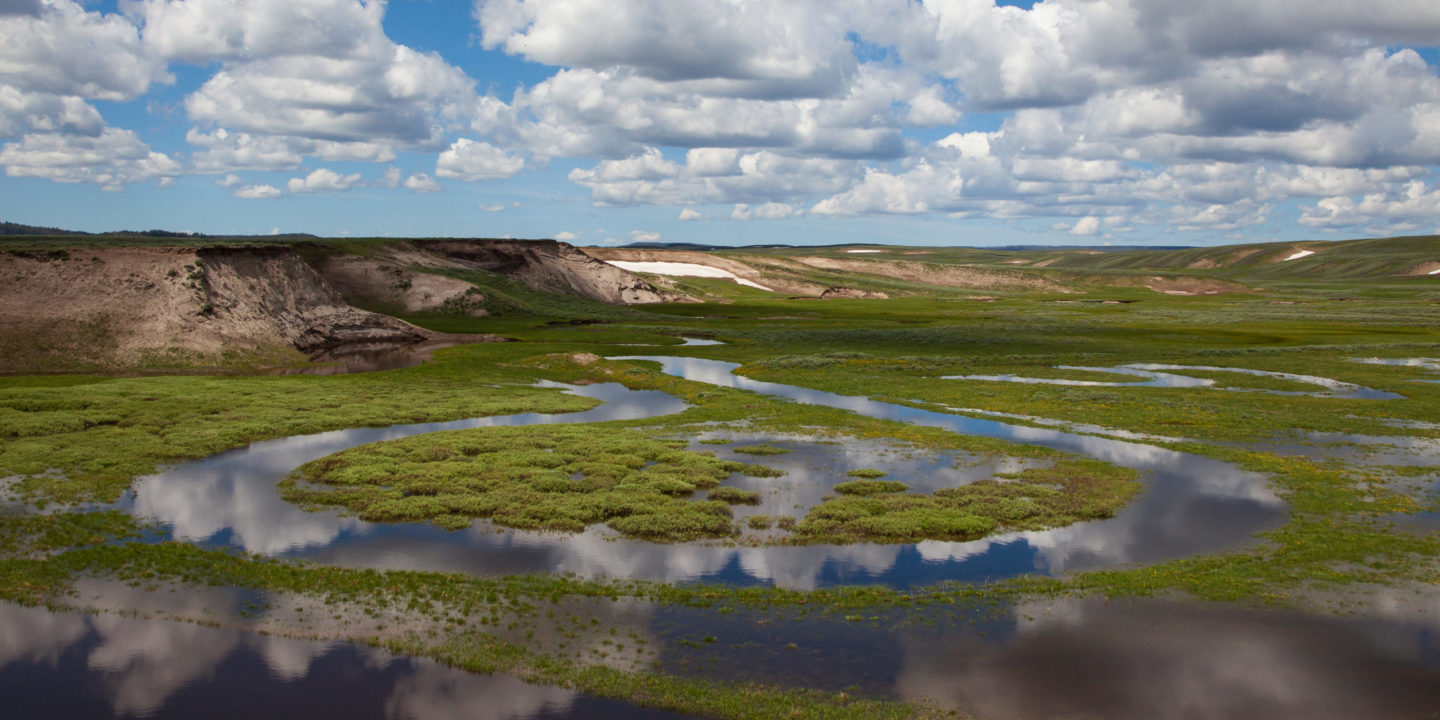
Best Times to Visit Yellowstone National Park
Spring (April – June)
Spring in Yellowstone is a time of renewal. As snow melts and meadows turn green, wildlife returns to the valleys. Newborn bison calves wobble alongside their mothers, bear cubs emerge from dens, and birds fill the air with song. It’s also one of the quieter seasons in terms of crowds, making it a fantastic time for intimate and peaceful encounters with nature. Be sure to check road conditions ahead of time to ensure your route is accessible.
Summer (July – August)
Summer is Yellowstone’s high season—and for good reason. All park roads are open, and the long, warm days offer extended opportunities for exploration. Wildlife is still active, especially in the early morning and late evening hours. While popular sites can get busy, guided safaris help you navigate the crowds and access less-traveled areas for a more personal experience.
Fall (September – October)
Autumn brings a golden glow to the park. The foliage turns brilliant shades of gold, creating a stunning backdrop for wildlife photography. Bears are foraging more to prepare for the upcoming winter, and moose, elk, and deer antlers have grown to their full size. This is also the time of the elk rut, when the park comes alive with the beautifully haunting sound of bugling males competing for mates. It’s a powerful, primal spectacle that adds a unique drama to your safari.
Winter (November – March)
Winter in Yellowstone is serene, stark, and incredibly beautiful. Snow blankets the landscape, steam rises from hot springs, and wildlife adapts to the cold in fascinating ways. Wolves are more visible against the snowy terrain, bison plow through drifts with their heads, and the entire park feels hushed and sacred.
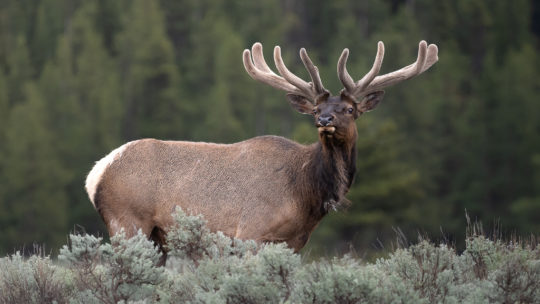
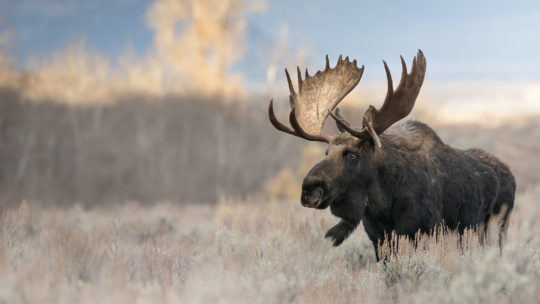
Yellowstone Photography Tours
Capturing Iconic Landscapes and Wildlife
Yellowstone’s dynamic light and dramatic settings create a visual feast for photographers. Capture the pastel hues of a geyser basin at sunrise, the intense gaze of a resting wolf, or the roar of water at Yellowstone Falls. Patience and perspective are key—but with a knowledgeable guide, you’ll be in the right place at the right time to seize those unforgettable moments.
Equipment Recommendations
For wildlife photography, a DSLR or mirrorless camera with a telephoto lens (300mm or longer) is ideal. A wide-angle lens is essential for capturing sweeping landscapes and geothermal features. Tripods are great for stability in low light, and don’t forget extra batteries and memory cards—Yellowstone has a way of filling them fast. Even smartphone cameras can perform impressively if you know how to work with light and composition.
Guided Photography Tours
For serious photographers—or those just wanting to learn—joining a guided photography-focused tour is a game-changer. These tours are led by experts who understand light, terrain, animal behavior, and safety. They help you craft better images and teach the art of storytelling through your lens.
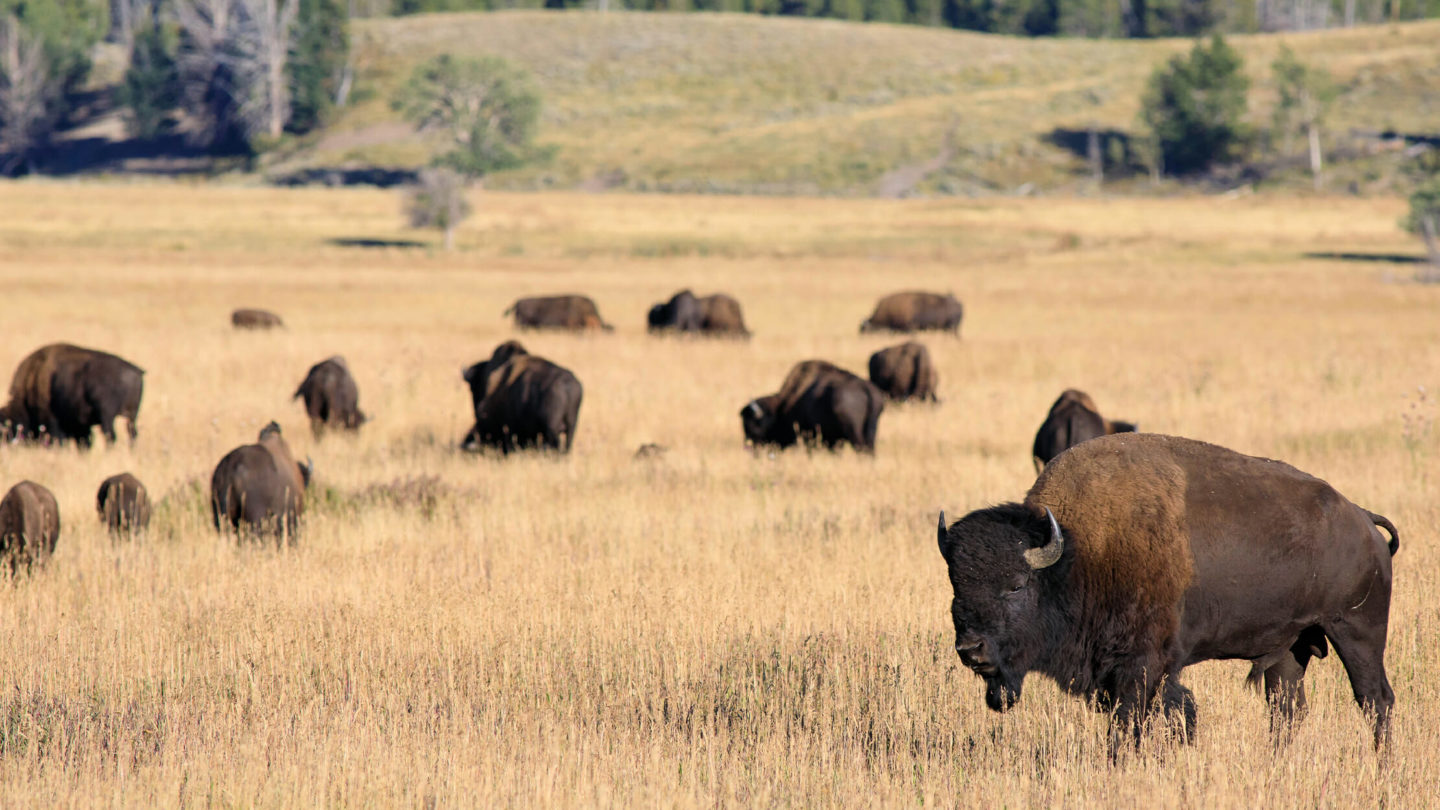
Preparing for Your Safari Adventure
What to Pack
Yellowstone’s weather is famously unpredictable, so pack for all conditions. Layered clothing, a waterproof jacket, and insulated boots are essential year-round. While summer is typically very fair weather, we have seen snow every month of the year! Bring a reusable water bottle, sunscreen, binoculars, snacks, and any personal gear like cameras. A daypack helps you stay organized and ready for the day’s discoveries.
Safety and Park Etiquette
Respect for wildlife and nature is paramount. Always stay at least 100 yards away from bears and wolves, and 25 yards from all other animals. Never attempt to approach or feed wildlife. Following Leave No Trace principles, staying on marked paths, and listening to your guide ensures both your safety and the health of the park.
Booking Your Tour
To maximize your Yellowstone adventure, book with experienced professionals who prioritize education, conservation, and guest experience. Jackson Hole Wildlife Safaris offers a range of options—from full-day wildlife watching to 2-day or 3-day safaris—customized to your interests and schedule. Booking in advance is recommended, especially during peak seasons.
FAQs
What animals can I see on a Yellowstone wildlife safari?
Yellowstone is home to a wide variety of wildlife, including bison, elk, grizzly bears, black bears, wolves, coyotes, moose, foxes, and bald eagles. The specific animals you might see depend on the season and the region of the park you’re exploring.
When is the best time to go on a Yellowstone wildlife safari?
Spring (April–June) and fall (September–October) are often considered the best times for wildlife viewing due to animal activity and fewer crowds. However, summer offers full park access, and winter safaris provide incredible sightings of wolves and bison in snow-covered landscapes.
Do I need a guide for a Yellowstone wildlife tour?
While you can absolutely explore the park on your own, booking a guided wildlife safari greatly enhances your chances of spotting animals. Experienced guides know where to go, how to interpret animal behavior, and can ensure a safe, respectful viewing experience.
Are Yellowstone safaris family-friendly?
Yes! Many safari providers, including Jackson Hole Wildlife Safaris, offer family-friendly tours that are educational, engaging, and suitable for children. These tours can be tailored to include shorter drives, bathroom breaks, and interactive learning.
What should I pack for a Yellowstone wildlife safari?
Dress in layers, as temperatures can vary widely throughout the day. Bring a waterproof jacket, sturdy shoes, a hat, sunscreen, water, binoculars, and a camera with extra batteries. Winter safaris require warmer, insulated clothing and snow-friendly gear.
How do I book a Yellowstone safari tour?
You can book directly through our website at jacksonholewildlifesafaris.com, or call us at (307) 690-6402. Advance booking is highly recommended, especially during peak seasons.

